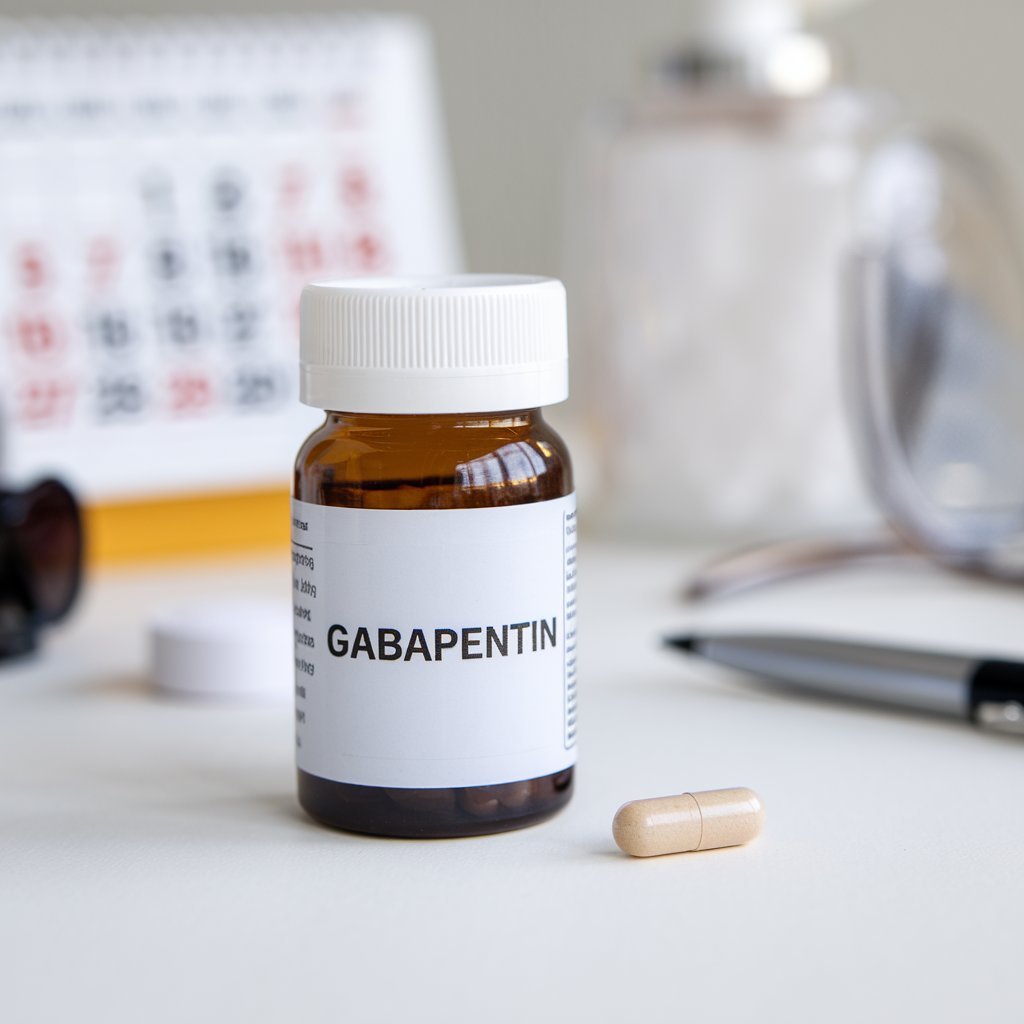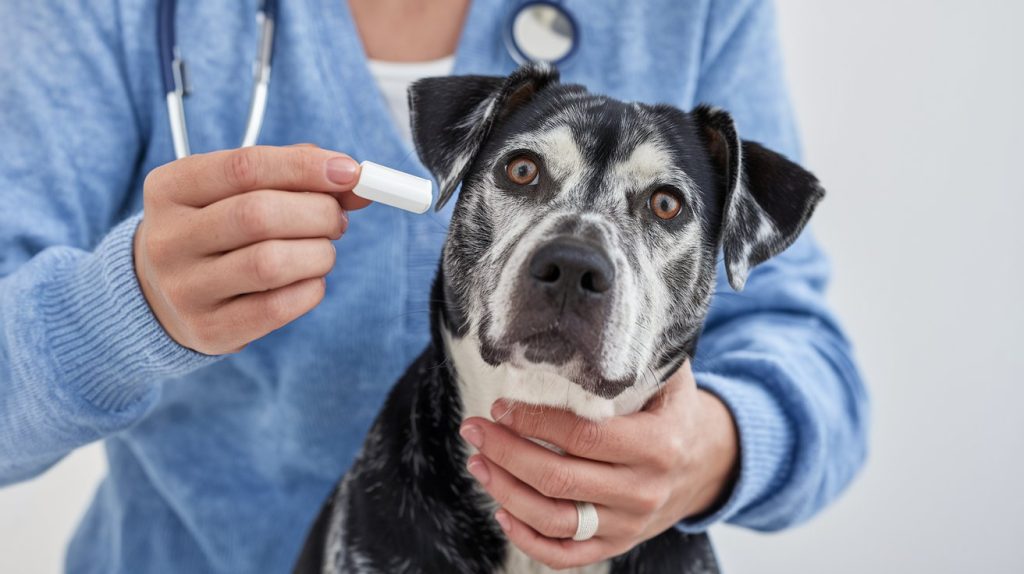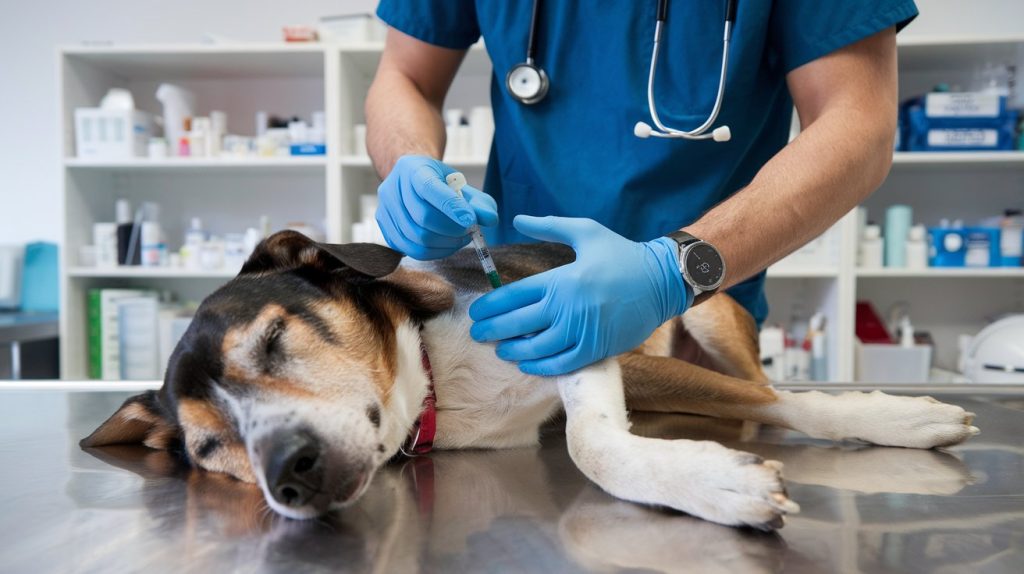Table of Contents
ToggleIntroduction
If your furry companion is dealing with chronic pain, seizures, or anxiety, you may have heard about Gabapentin. This versatile medication has gained significant popularity in veterinary medicine for its effectiveness in managing a range of conditions. But determining the right Gabapentin dosage for dogs can be complex, requiring careful consideration of your pet’s health, weight, and specific needs.
For a holistic approach to your dog’s well-being, it’s essential to pair effective medications with the right diet. You can explore resources like Value Dog Food for expert advice on maintaining your pet’s overall health. Additionally, if you have a specific breed, such as a Rottweiler, check out Best Dog Food for Rottweilers to ensure your furry friend is receiving optimal nutrition tailored to their needs.
This guide will explore everything you need to know about Gabapentin, from its uses and dosage to potential side effects and alternatives.
What is Gabapentin?

Gabapentin is a prescription medication initially developed to treat seizures and nerve pain in humans. Over time, it has been adapted for use in veterinary medicine due to its ability to alleviate pain and control seizures in dogs.
How Does Gabapentin Work?
Gabapentin works by calming overactive nerve signals in the brain and spinal cord. This mechanism makes it particularly effective for:
Chronic pain relief: Particularly for neuropathic pain associated with conditions like arthritis and intervertebral disc disease.
Seizure control: As an adjunct therapy for epilepsy, helping to reduce the frequency and severity of seizures.
Anxiety reduction: Especially useful in managing situational anxiety, such as fear of fireworks or vet visits.
Is Gabapentin FDA-Approved for Dogs?
Although Gabapentin is not specifically FDA-approved for veterinary use, it is commonly prescribed “off-label” by veterinarians. This practice is both legal and widely accepted when done under professional supervision, as it allows veterinarians to address a wider range of medical conditions.
Why Do Veterinarians Prescribe Gabapentin Dosage for Dogs?
Gabapentin’s ability to address multiple conditions makes it a valuable tool in veterinary medicine. Here are the primary reasons veterinarians prescribe Gabapentin:
1. Pain Management
Effective for chronic conditions like arthritis, hip dysplasia, and cancer-related pain.
Alleviates neuropathic pain stemming from nerve damage or injuries.
Commonly used post-surgery to manage acute pain and facilitate recovery.
2. Seizure Control
Often prescribed alongside other anticonvulsants like phenobarbital to enhance seizure control.
Particularly beneficial for dogs with refractory epilepsy that doesn’t respond well to a single medication.
3. Anxiety Relief
Provides a calming effect for dogs with generalized anxiety or situational stressors.
Frequently used in conjunction with behavior modification therapies for long-term results.
4. Cancer Pain
Gabapentin is increasingly used to manage pain in dogs undergoing cancer treatment, especially when traditional pain medications are insufficient.
Recommended Gabapentin Dosage for Dogs
Determining the correct Gabapentin dosage for dogs is essential for its effectiveness and safety.
General Dosage Guidelines
Pain Management: 5-10 mg per kilogram of body weight, administered every 8-12 hours.
Seizure Control: 10-20 mg per kilogram of body weight, given every 6-8 hours.
Anxiety Relief: Doses vary but are typically administered 1-2 hours before the stressful event.
Gabapentin Dosage Chart (Based on Weight)
| Dog’s Weight (kg) | Pain Management Dosage (mg) | Seizure Control Dosage (mg) |
|---|---|---|
| 5 kg | 25-50 mg | 50-100 mg |
| 10 kg | 50-100 mg | 100-200 mg |
| 15 kg | 75-150 mg | 150-300 mg |
| 20 kg | 100-200 mg | 200-400 mg |
| 30 kg | 150-300 mg | 300-600 mg |
| 40 kg | 200-400 mg | 400-800 mg |
| 50 kg | 250-500 mg | 500-1000 mg |
Factors Influencing Dosage
Weight: Larger dogs naturally require higher doses.
Age: Puppies and senior dogs may need adjusted dosages due to differences in metabolism and organ function.
Health Conditions: Dogs with kidney or liver issues may require lower doses to prevent drug accumulation and toxicity.
Titration and Adjustments
Veterinarians often start with a lower dose and gradually increase it to find the optimal balance of efficacy and minimal side effects.
Regular monitoring is essential to adjust the dosage based on your dog’s response and any changes in their health.
Note: Always consult your veterinarian before starting Gabapentin, as incorrect dosages can lead to serious complications.
How to Administer Gabapentin Dosage for Dogs
Gabapentin is available in various forms, including capsules, tablets, and liquid solutions. Here are some tips for administering the medication:
1. Choose the Right Form
Capsules/Tablets: These can be hidden in treats, cheese, or peanut butter to make administration easier.
Liquid Solution: This is often preferred for smaller dogs or those who have difficulty swallowing pills. Be cautious, as some liquid formulations for humans contain xylitol, which is toxic to dogs.
2. Timing and Frequency
Administer Gabapentin at the same time(s) each day to maintain consistent blood levels.
Follow your veterinarian’s instructions carefully, especially regarding meal timing, as food can sometimes affect absorption.
3. Monitor Your Dog
Observe for any side effects or changes in behavior.
If your dog experiences vomiting, diarrhea, or excessive sedation, consult your veterinarian immediately.
Potential Side Effects of Gabapentin Dosage for Dogs
While Gabapentin is generally safe, it can cause side effects, especially if the dosage is incorrect or if your dog has a pre-existing condition.
Common Side Effects
Sedation: Your dog may appear drowsy or lethargic, which is typically mild and temporary.
Wobbliness: Loss of coordination or balance is more common at higher doses.
Digestive Upset: Vomiting, diarrhea, or decreased appetite in some cases.
Serious Side Effects
Allergic Reactions: Symptoms include swelling, itching, or difficulty breathing and require immediate medical attention.
Severe Sedation: Extreme lethargy that impacts daily activities or responsiveness.
Toxicity Symptoms: May occur in cases of overdose and include respiratory depression, extreme weakness, or collapse.
What to Do in Case of Overdose
Accidental overdoses can happen, especially if dogs access unattended medication. Symptoms of Gabapentin overdose include:
Extreme sedation or unresponsiveness.
Difficulty breathing or slow heart rate.
Vomiting, drooling excessively, or seizures.
Immediate Steps to Take
Contact your veterinarian or an emergency animal clinic without delay.
Provide details about the dosage, time of ingestion, and your dog’s symptoms.
Do not attempt to induce vomiting without veterinary advice.
Follow all instructions carefully until professional help is available.
Precautions and Contraindications
Before starting Gabapentin, ensure it suits your dog’s specific condition.
Precautions
Avoid giving Gabapentin to dogs with severe kidney or liver disease without veterinary guidance.
Gradually taper off Gabapentin rather than stopping abruptly to prevent withdrawal symptoms such as increased anxiety or seizures.
Monitor dogs taking other medications, as Gabapentin can interact with drugs like antacids, reducing its effectiveness.
Contraindications
Dogs with known allergies to Gabapentin or its components.
Pregnant or lactating dogs unless explicitly prescribed by a veterinarian.
Dogs on medications containing xylitol (commonly found in human liquid formulations).
Alternatives to Gabapentin
If Gabapentin isn’t suitable for your dog, there are several alternative treatments available:
1. Medications
Tramadol: Another pain reliever often used for moderate to severe pain.
Phenobarbital: Commonly prescribed for seizure control in dogs.
NSAIDs: Non-steroidal anti-inflammatory drugs like carprofen for pain and inflammation.
2. Non-Medication Therapies
Physical Therapy: Strengthens muscles, improves mobility, and reduces pain.
Acupuncture: A natural method to manage chronic pain and promote healing.
Supplements: Omega-3 fatty acids, glucosamine, and chondroitin can support joint health and reduce inflammation.
FAQs
Can Gabapentin Be Given to Puppies?
Gabapentin is generally safe for puppies but requires careful dosing based on weight. Always consult a veterinarian before administration.
How Long Does Gabapentin Take to Work?
Gabapentin typically takes effect within 1-2 hours of administration. Its effects may last 8-12 hours, depending on the dosage and the dog’s metabolism.
Can Gabapentin Be Stopped Suddenly?
No, Gabapentin should be tapered off gradually to prevent withdrawal symptoms such as seizures or increased pain sensitivity. Always follow your veterinarian’s guidance.
Conclusion: Gabapentin Dosage for Dogs
Gabapentin is a highly effective medication for managing pain, seizures, and anxiety in dogs. However, it must be used under professional supervision to ensure safety and efficacy. By understanding the correct Gabapentin dosage for dogs, potential side effects, and alternatives, you can make informed decisions about your pet’s health. Always consult your veterinarian for tailored advice, and give your furry friend the care they deserve!



